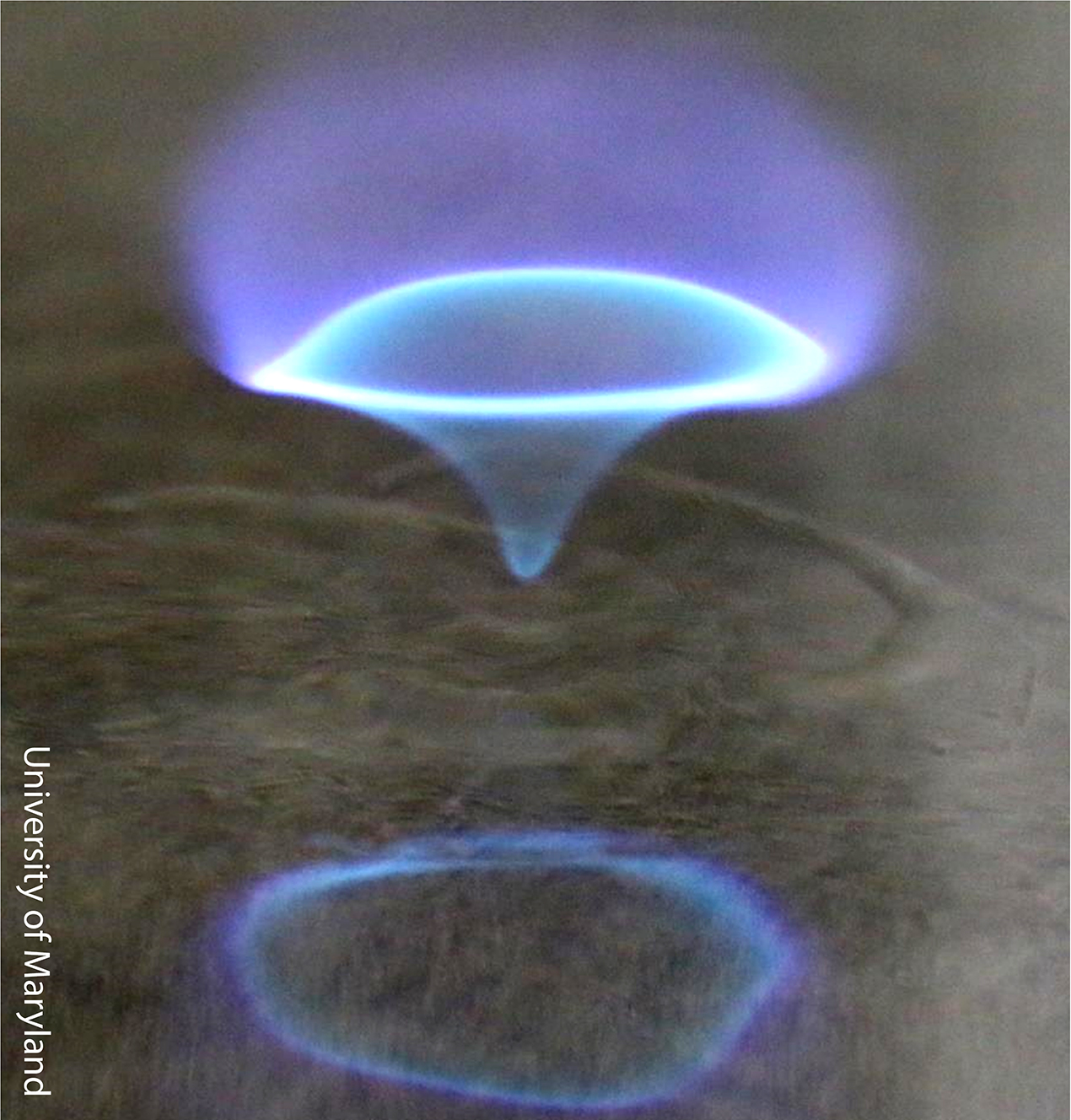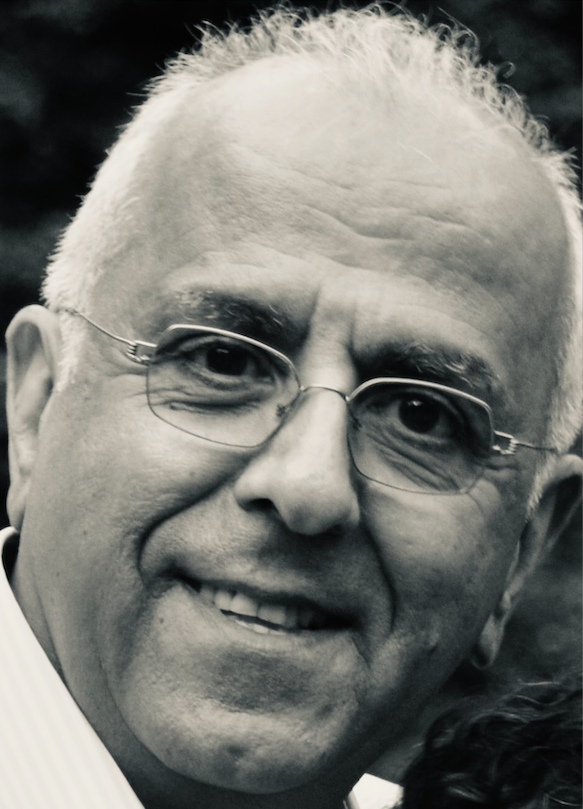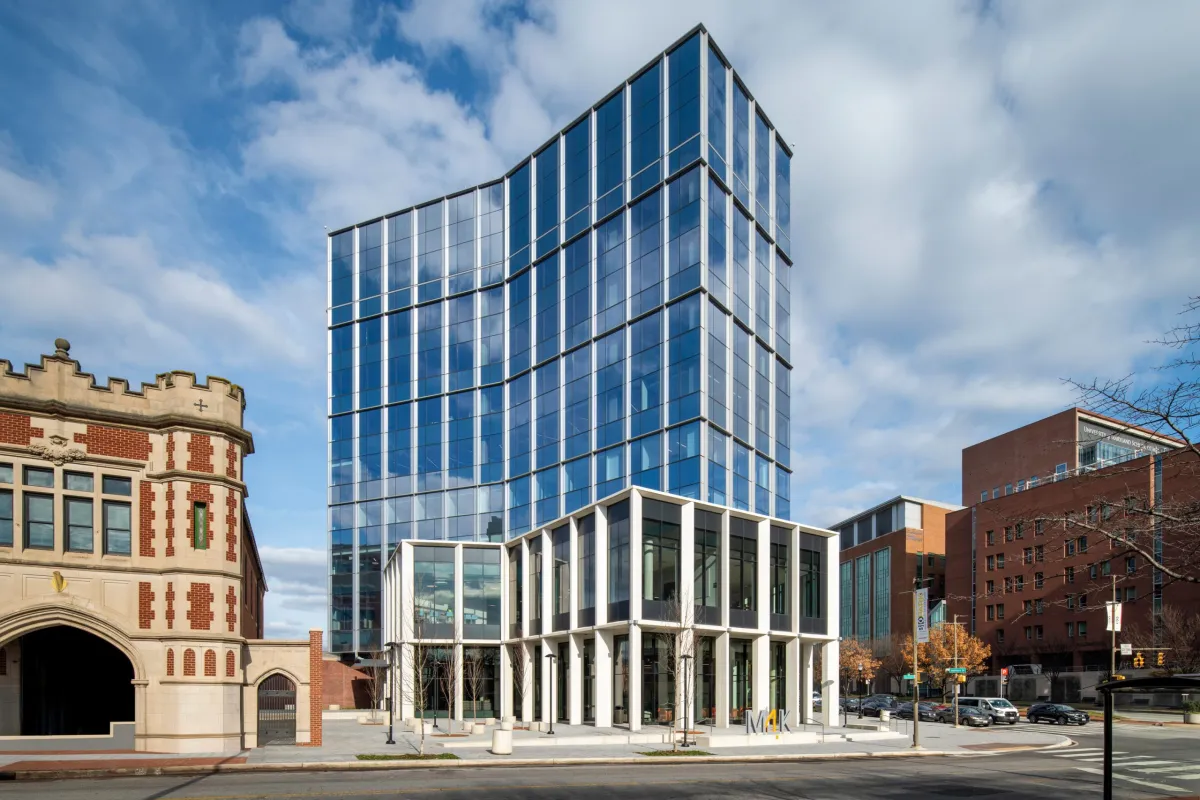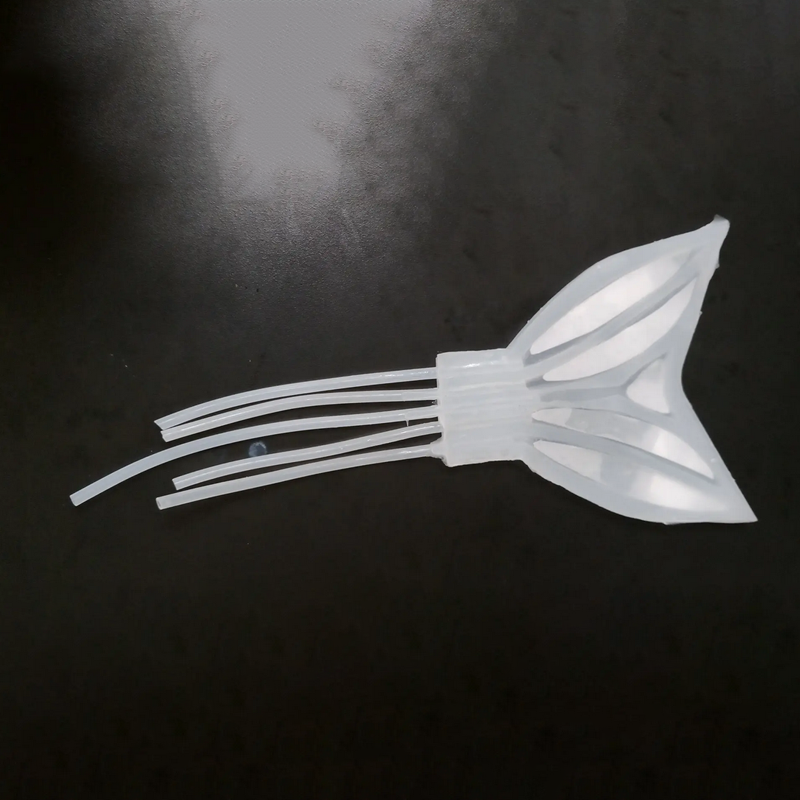News Story
Newly Discovered Blue Whirl Fire Tornado Burns Cleaner for Reduced Emissions; Could Lead to Better Oil Spill Cleanup

A blue whirl over water in a swirl generator. Photo: University of Maryland
COLLEGE PARK, Md. — Fire tornados, or ‘fire whirls,’ pose a powerful and essentially uncontrollable threat to life, property, and the surrounding environment in large urban and wildland fires. But now, a team of researchers in the A. James Clark School of Engineering at the University of Maryland (UMD) say their discovery of a type of fire tornado they call a ‘blue whirl’ could lead to beneficial new approaches in reduced carbon emissions and improved oil spill cleanup.
A new paper published online August 4, 2016, in the peer-reviewed journal Proceedings of the National Academy of Sciences (PNAS) describes this previously unobserved flame phenomenon, which burns nearly soot-free.
“Blue whirls evolve from traditional yellow fire whirls. The yellow color is due to radiating soot particles, which form when there is not enough oxygen to burn the fuel completely,” said Elaine Oran, Glenn L. Martin Institute Professor of Engineering and co-author of the paper. “Blue in the whirl indicates there is enough oxygen for complete combustion, which means less or no soot, and is therefore a cleaner burn.”
The Clark School team initially set out to investigate the combustion and burning dynamics of fire whirls on water. What they discovered was a novel, swirling blue flame that they say could help meet the growing worldwide demand for high-efficiency, low-emission combustion.
“A fire tornado has long been seen as this incredibly scary, destructive thing. But, like electricity, can you harness it for good? If we can understand it, then maybe we can control and use it,” said Michael Gollner, assistant professor of fire protection engineering and co-author of the paper.
“This is the first time fire whirls have been studied for their practical applications,” Gollner added.
Some oil spill remediation techniques include corralling up the crude oil to create a thick layer on the water surface that can be burned in place, but the resulting combustion is smoky, inefficient, and incomplete. However, the Clark School researchers say blue whirls could improve remediation-by-combustion approaches by burning the oil layer with increased efficiency, reducing harmful emissions into the atmosphere around it and the ocean beneath it.
“Fire whirls are more efficient than other forms of combustion because they produce drastically increased heating to the surface of fuels, allowing them to burn faster and more completely. In our experiments over water, we’ve seen how the circulation fire whirls generate also helps to pull in fuels. If we can achieve a state akin to the blue whirl at larger scale, we can further reduce airborne emissions for a much cleaner means of spill cleanup,” explained Gollner.
Beyond improvements to fuel efficiency and oil spill remediation, there are currently few easy methods to generate a stable vortex in the lab, so the team hopes their discovery of the ‘blue swirl’ can serve as a natural research platform for the future study of vortices and vortex breakdown in fluid mechanics.
“A fire whirl is usually turbulent, but this blue whirl is very quiet and stable without visible or audible signs of turbulence,” said Huahua Xiao, assistant research scientist in the Clark School's Department of Aerospace Engineering and corresponding author of the paper. “It’s really a very exciting discovery that offers important possibilities both within and outside of the research lab.”
The paper, “From fire whirls to blue whirls and combustion with reduced pollution,” Huahua Xiao, Michael J. Gollner, and Elaine S. Oran, was published August 4, 2016, in the journal Proceedings of the National Academy of Sciences (PNAS).
To access blue whirl photos and videos, visit: http://go.umd.edu/bluewhirl
This work was supported by the National Science Foundation through an EAGER award CBET-1507623 and by the University of Maryland through Minta Martin Endowment Funds in the Department of Aerospace Engineering and the Glenn L. Martin Institute Chaired Professorship at the A. James Clark School of Engineering.
The A. James Clark School of Engineering at the University of Maryland serves as the catalyst for high-quality research, innovation, and learning, delivering on a promise that all graduates will leave ready to impact the Grand Challenges (energy, environment, security, and human health) of the 21st century. The Clark School is dedicated to leading and transforming the engineering discipline and profession, to accelerating entrepreneurship, and to transforming research and learning activities into new innovations that benefit millions. Visit us online at www.eng.umd.edu and follow us on Twitter @ClarkSchool.
Published August 4, 2016









